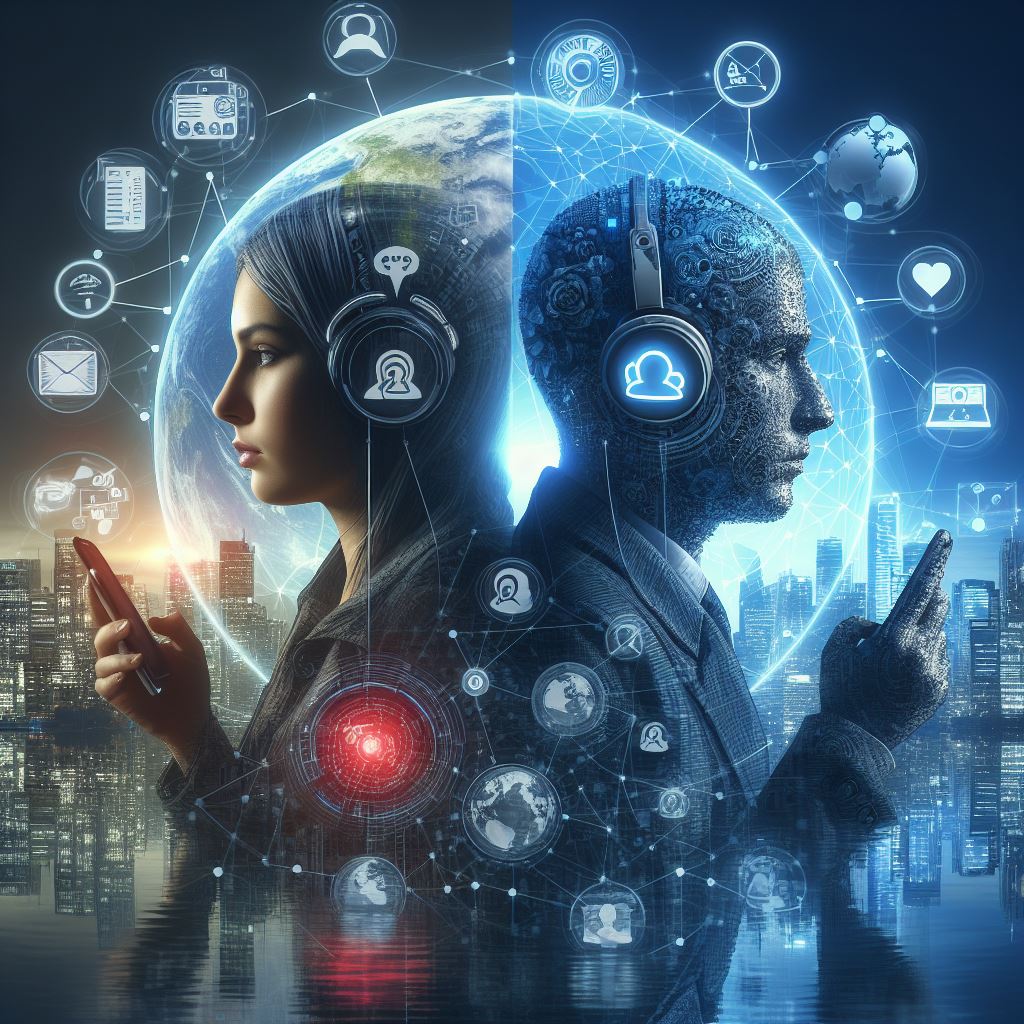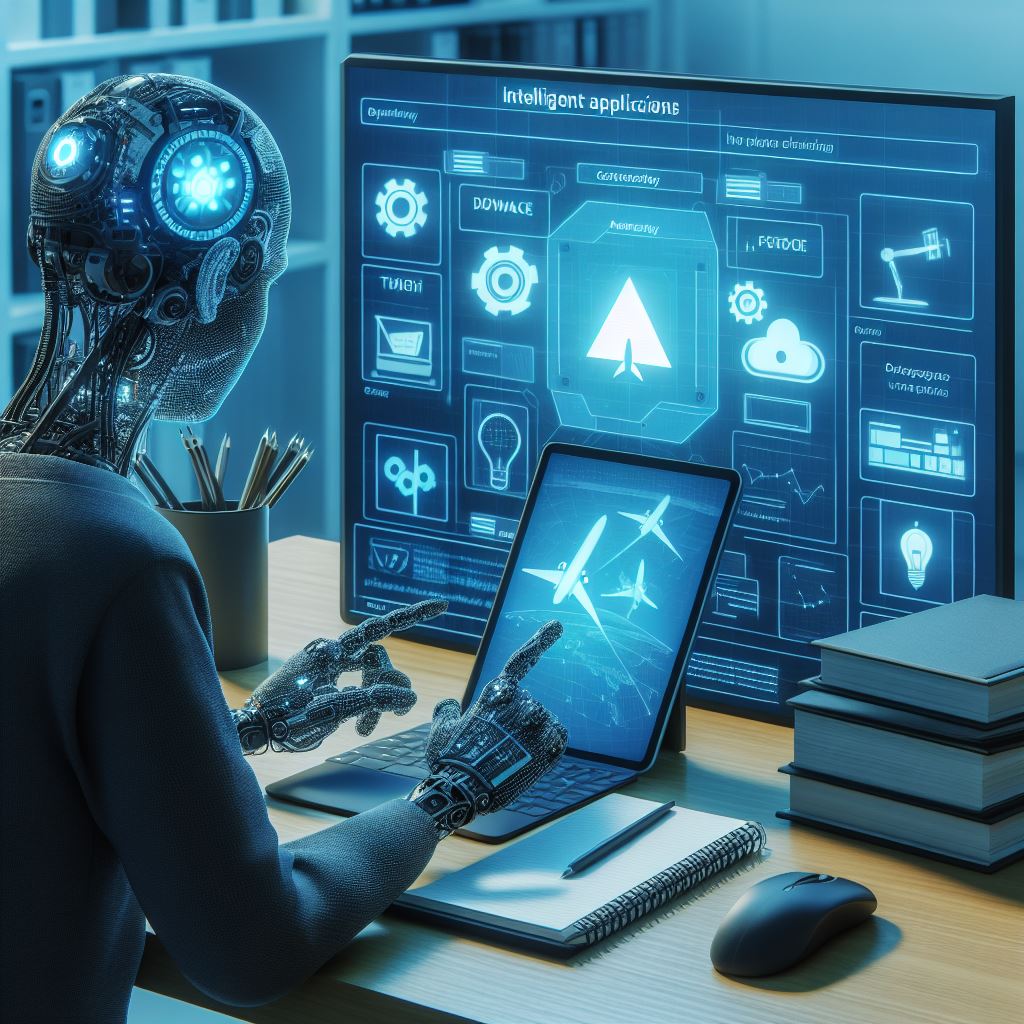Social Media and Digital Twins: Navigating the Complex Landscape of Opportunity, Risk, and a Darker Potential
Social media and digital twins are rapidly transforming the ways we interact, consume information, and innovate. Platforms like Instagram, YouTube, and TikTok emphasize short-form content, while digital twins mirror real-world systems with incredible complexity. These technologies bring tremendous benefits but also harbor potential dangers that we must understand and address effectively.
The Dynamics of Social Media
- Ease of Creation and the Dangers of Misinformation: User-friendly tools enable anyone to become a content creator, but they also facilitate the spread of unverified or deliberately false information. This issue is compounded by algorithms that amplify content based on engagement, potentially prioritizing attention-grabbing posts over accurate ones.
- Anonymity, Echo Chambers, and Abuse: Platforms that allow users to hide their true identities make it easier to perpetuate harmful content, evade accountability, and engage in harassment or identity theft. Echo chambers, where users are primarily exposed to viewpoints that reinforce their own, can deepen polarization and hinder critical thinking.
- Deepfakes and Manipulated Content: Advances in AI allow for the creation of highly realistic deepfakes, which can be weaponized to spread misinformation and damage reputations. Even without deepfakes, editing techniques can be used deceptively to craft deceptive narratives.
Understanding Digital Twins
- Virtual Replicas with Real-World Impact: Digital twins create detailed virtual models of physical objects or systems, incorporating real-time data to simulate behavior, predict outcomes, and optimize performance. They find wide-ranging applications, from optimizing manufacturing processes to improving healthcare outcomes.
- Data-Driven and AI-Powered: Effective digital twins rely on the continuous integration of data from a variety of sources, and utilize advanced analytics and AI to unlock valuable insights.
Challenges and Responsible Use
- Data Integration and Security: Gathering and synchronizing data from diverse sources poses technical challenges, and sensitive data in digital twin models requires robust security measures.
- Ethical Considerations: As digital twins gain sophistication, questions arise around biases in AI algorithms, issues of digital identity, and potential manipulation of individuals or systems through their digital counterparts.
The Scary Dark Evolution of Social Media
While social media promises greater connection, it also opens doors to darker possibilities that we must acknowledge:
- Surveillance and Manipulation: Social media platforms and hidden actors can collect vast amounts of personal data, building profiles used to target users with tailored content, advertising, or even harmful messaging designed to exploit vulnerabilities or sow discord.
- Social Engineering and Deepfakes: Bad actors can use information gleaned from social media to create highly convincing scams or highly realistic deepfakes that further erode trust and destabilize social order.
- Mental Health and Addiction: Algorithms designed to keep users engaged can contribute to social media addiction while fostering anxiety, depression, and the distortion of self-image, particularly among vulnerable populations.
- Polarization and Radicalization Echo chambers and targeted misinformation can accelerate the radicalization of individuals, fueling extremist ideologies and making it more difficult to bridge divides.
The Potential Dark Side of Digital Twins
While digital twins offer immense potential, understanding their potential for misuse is essential:
- Increased Vulnerability of Systems: As more physical systems become connected via digital twins, security breaches could give attackers unprecedented control over critical infrastructure, causing widespread disruption or harm.
- Simulation for Malice: Detailed digital twins could enable actors to run highly realistic simulations for planning cyberattacks or testing exploits on a virtual version of a system before executing their attack in the real world.
- Social Control and Surveillance: In the wrong hands, the predictive capabilities of digital twins could be weaponized by authoritarian regimes to profile and control their citizens, further eroding individual freedoms.
Mitigating Risks, Promoting Positive Impact
- Media Literacy, Critical Thinking, and Resilience: Education must extend beyond identifying misinformation to building psychological resilience against social manipulation tactics and fostering a healthy relationship with technology.
- Transparency, Accountability, and Proactive Defense. Platforms, governments, and technology firms must cooperate to detect and counter social engineering attacks, disrupt malicious disinformation networks, and work towards more robust cybersecurity for both social platforms and the systems connected to digital twins.
- Ethics at the Core: The development and use of both social media and digital twins must be guided from the very beginning by strong ethical frameworks that consider the potential for misuse, address issues of privacy and bias, and prioritize human well-being.
- Global Cooperation: The interconnected nature of these technologies necessitates international collaboration on standards, regulations, and information sharing, to ensure that no nation or group becomes a safe haven for those seeking to exploit these tools for harm.
Conclusion
Social media and digital twins offer a tantalizing glimpse of a future filled with both progress and peril. To shape that future for the better, we must move beyond naive optimism and confront the darker possibilities head-on. Only by understanding the potential for misuse can we build the necessary safeguards, cultivate a more skeptical and informed citizenry, and ensure that these powerful tools ultimately serve humanity and not the other way around.






Comments